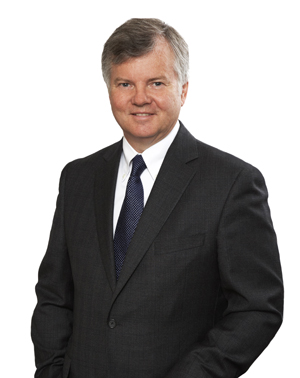Lawyers for Canadian firms practising U.S. law through their New York offices say they’re nonplussed by the arrival of Paul Weiss Rifkind Wharton & Garrison LLP in Canada.

The 600-lawyer New York-headquartered firm with offices in Washington, Delaware, Beijing, Hong Kong, Tokyo, and London, England, announced earlier this month that it would be setting up shop in Toronto. The move makes Paul Weiss the third U.S. firm with Toronto offices. It joins Shearman & Sterling LLP, which was the first firm to set up in Toronto in 1989, and Skadden Arps Slate Meagher & Flom LLP.
Indeed, Paul Weiss recruited Christopher Cummings and Adam Givertz, the two most senior members of Shearman’s Toronto practice, to lead its new Canadian venture. Partner Andrew Foley will be moving from Paul Weiss’ New York office to join Cummings and Givertz. Matthew Abbott, also New York-based, will follow at a later but undetermined time.
All three U.S. firms’ Toronto offices practise U.S. law only. Arguably, these offices would compete most directly with the New York offices of Canadian firms Davies Ward Phillips & Vineberg LLP, Osler Hoskin & Harcourt LLP, and Torys LLP, all of which practise U.S. law in their New York offices.
“At one level, Paul Weiss’ strategy validates the concept that a cross-border approach makes sense,” says Phil Brown of Torys’ New York office. “The work, including pension funds, private equity, public offerings, and cross-border tax is certainly on the increase, so much so that in the last 12 to 18 months we’ve hired close to 10 associates, more than ever, in New York.”
Brown says the key differentiator between U.S. firms with offices in Toronto and Torys’ offering in New York is that the American counterparts don’t practise Canadian law.
“Our big sales pitch is that our New York office provides one-stop shopping for U.S. and Canadian legal services,” he notes.
At the same time, Brown doesn’t expect an influx of U.S. firms seeking to establish foreign offices in Canada on the model of the three firms already there. “It’s all competition, no question about that,” he says. “But the U.S. firms in Toronto focus on cross-border capital markets and financing work, and there’s a limit to the number of U.S. firms that can do that because there’s a limit to the number of financings emanating from Canada, even in a good market.”
Paul Weiss has been doing work in Canada for some 40 years, albeit with an emphasis on Western Canada. Ted Maynard, who heads up Paul Weiss’ 40-year-old Canadian practice group, says the time was ripe for a Toronto office. “It’s a confluence of finding the right people and getting more and more business from Eastern Canada to go with our traditional focus on the West,” he says.
Still, Brown notes that what has emerged in Toronto is a new office rather than a new player. “The bigger question is whether U.S. firms will continue to see Canada as an attractive venue generally and look to establish a broader footprint here,” he says. “I believe that time will come but it will come slowly. Remember that we’re getting the attention because of our stable economy and that we didn’t get it when other economies were growing faster than ours.”
Shawn McReynolds, who manages Davies’ Toronto office, says the Paul Weiss move will have “very little impact” on his firm’s New York practice. “Our New York office is not focused on the capital markets the way our Toronto office is. We have a significant tax practice in New York, a significant practice acting for large Canadian investors in U.S. commercial real estate, and we provide essential U.S. capital markets work for our existing stable of clients. I don’t believe that U.S. firms’ Toronto offices are catchment points for that sort of work.”
Nor does McReynolds expect a flood of U.S. firms to emerge in Toronto. “We’re not talking about a trend,” he says. “Paul Weiss has had a significant amount of business in Canada for as long as I’ve been in Toronto but it is only one of a small group of U.S. firms that have focused on doing Canadian work.”

